System Requirement Architect Supporter - Goal Model Generation Tool
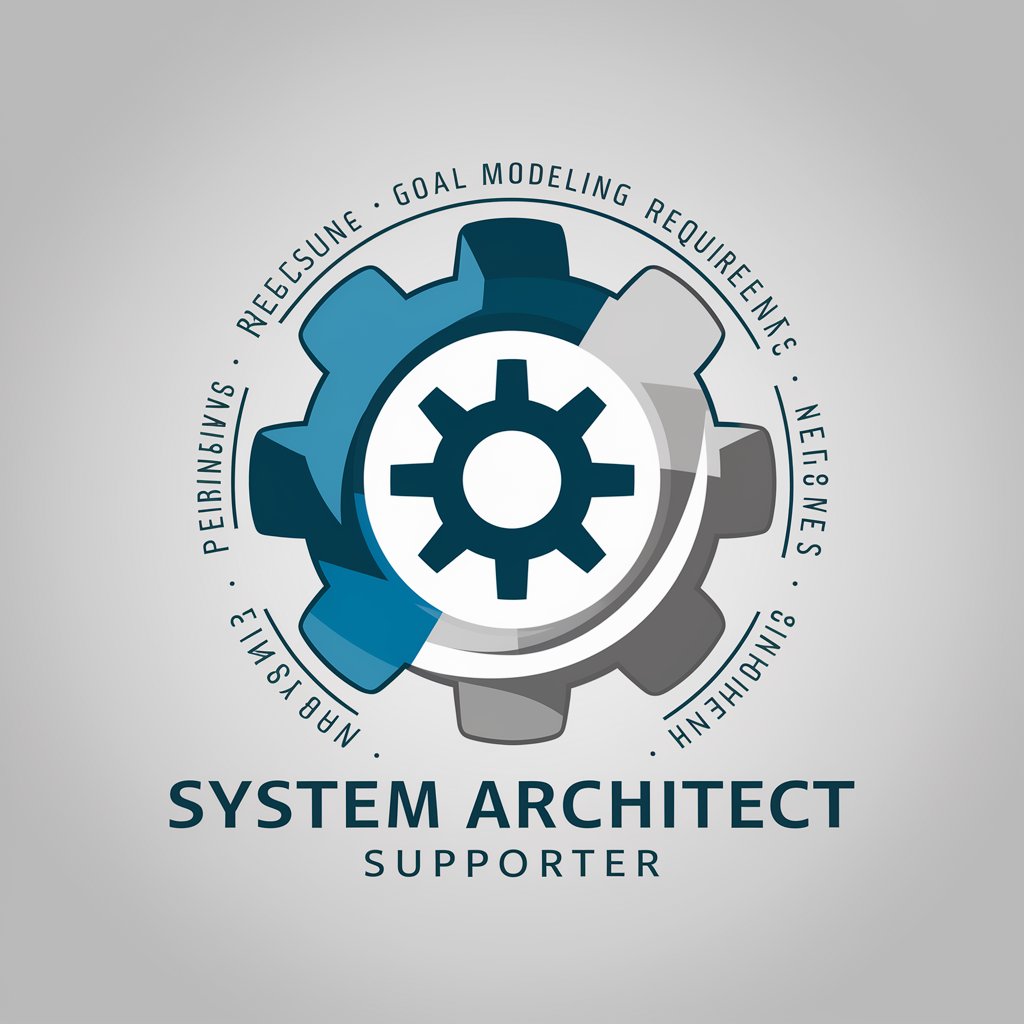
Hello! Let's transform your specifications into clear goal models.
Architecting Your Requirements with AI
Can you help me create a goal model for...
I need assistance in translating these specifications into a structured goal model...
How can I ensure clarity in my requirements engineering process for...
What are the key principles to consider when creating a goal model for...
Get Embed Code
Overview of System Requirement Architect Supporter
The System Requirement Architect Supporter is designed to assist users in creating detailed goal models from provided specifications. It focuses on analyzing specifications and translating them into structured goal models, crucial for the early stages of software development. The supporter employs principles of requirements engineering to ensure that the models are coherent, complete, and effectively capture the stakeholders' needs. For example, in a project to develop a new banking software, the supporter would help delineate goals such as ensuring transaction security, improving user interface responsiveness, and integrating with existing financial databases, thus aiding architects in crafting a robust architectural plan. Powered by ChatGPT-4o。

Core Functions of the System Requirement Architect Supporter
Specification Analysis
Example
Translating user requirements into a structured format that can be easily interpreted by software engineers.
Scenario
In developing an e-commerce platform, the supporter analyzes the merchant and buyer needs to establish a set of system requirements that ensures usability, security, and scalability.
Goal Modeling
Example
Creating models that map out the primary and secondary objectives the software needs to achieve.
Scenario
For a healthcare management system, the supporter helps in defining goals such as patient data confidentiality, regulatory compliance, and interoperability with other healthcare providers.
Assumption Management
Example
Identifying and documenting assumptions made during the requirement gathering phase to guide further development phases.
Scenario
Assuming a consistent internet speed in developing a cloud-based application, the supporter documents this to ensure that developers understand this requirement during the architectural design.
Target User Groups for System Requirement Architect Supporter
Software Architects
These professionals benefit from the supporter’s ability to translate complex user requirements into clear, actionable architectural goals, which is essential for designing robust software architectures.
Project Managers
Project managers use the supporter to ensure that the development process aligns with the defined requirements, aiding in efficient project execution and management.
Business Analysts
Business analysts utilize the supporter to clearly define and model business requirements and objectives, which are critical for aligning IT systems with business strategies.

Guidelines for Using System Requirement Architect Supporter
Step 1
Visit yeschat.ai for a free trial, no login or ChatGPT Plus subscription required.
Step 2
Define your project goals and requirements clearly to align with the capabilities of the tool.
Step 3
Use the provided templates or start a new model to outline your system requirements and architectural needs.
Step 4
Interact with the tool by inputting specific details about your project to receive tailored advice and model generation.
Step 5
Review and refine the generated models based on the tool's feedback and your additional insights.
Try other advanced and practical GPTs
SODA.Auto Requirement Assistant
Refine Auto Specs with AI Precision

School Mastermind
Streamline School Management with AI

AI Persona Classifier
Streamline Your Workflow with AI Classification

GPTMD
Empowering Medical Discovery with AI

A Simple Yes or No
Instant Yes or No Decisions

psy_teen
Empowering Teens Through AI
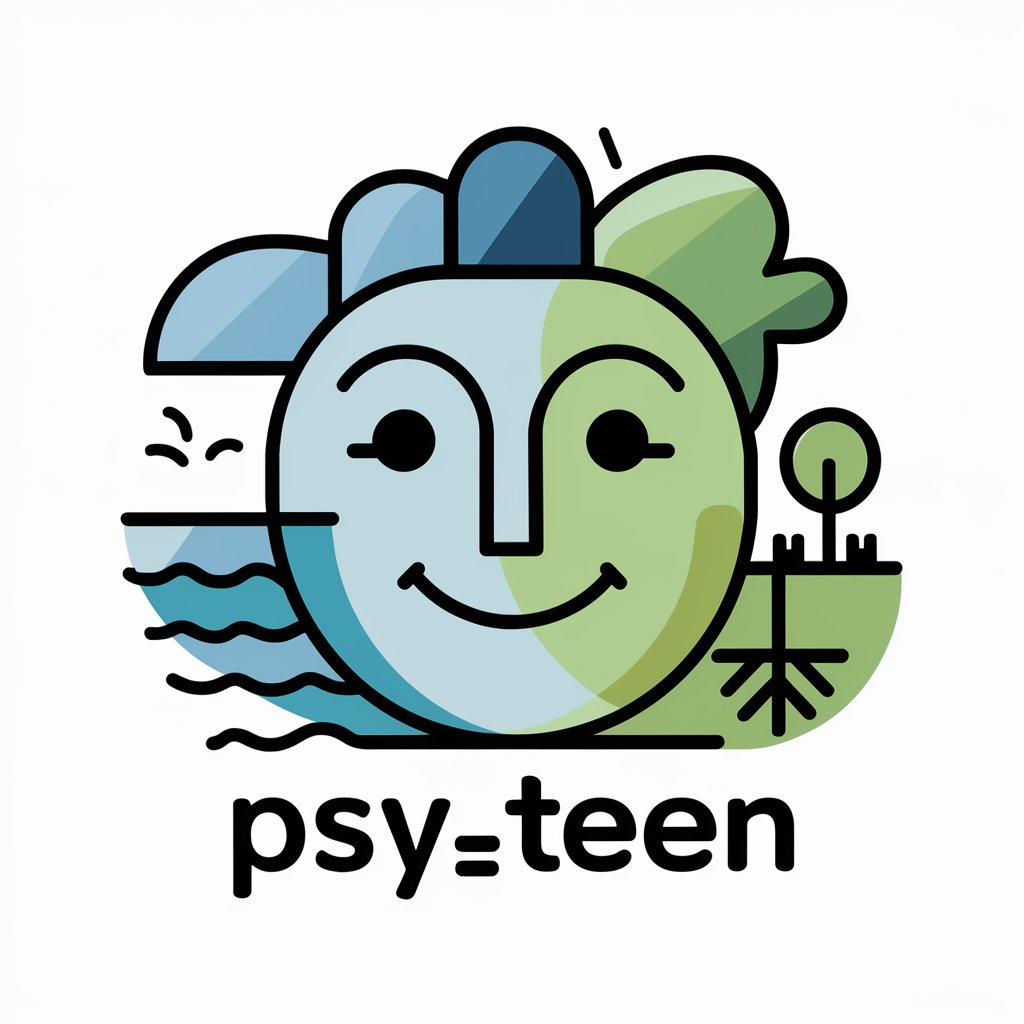
Requirement Analyst
Empowering design with AI-driven analysis

Customer Requirements Questionnaire Creator
Crafting Tailored Questions with AI Precision
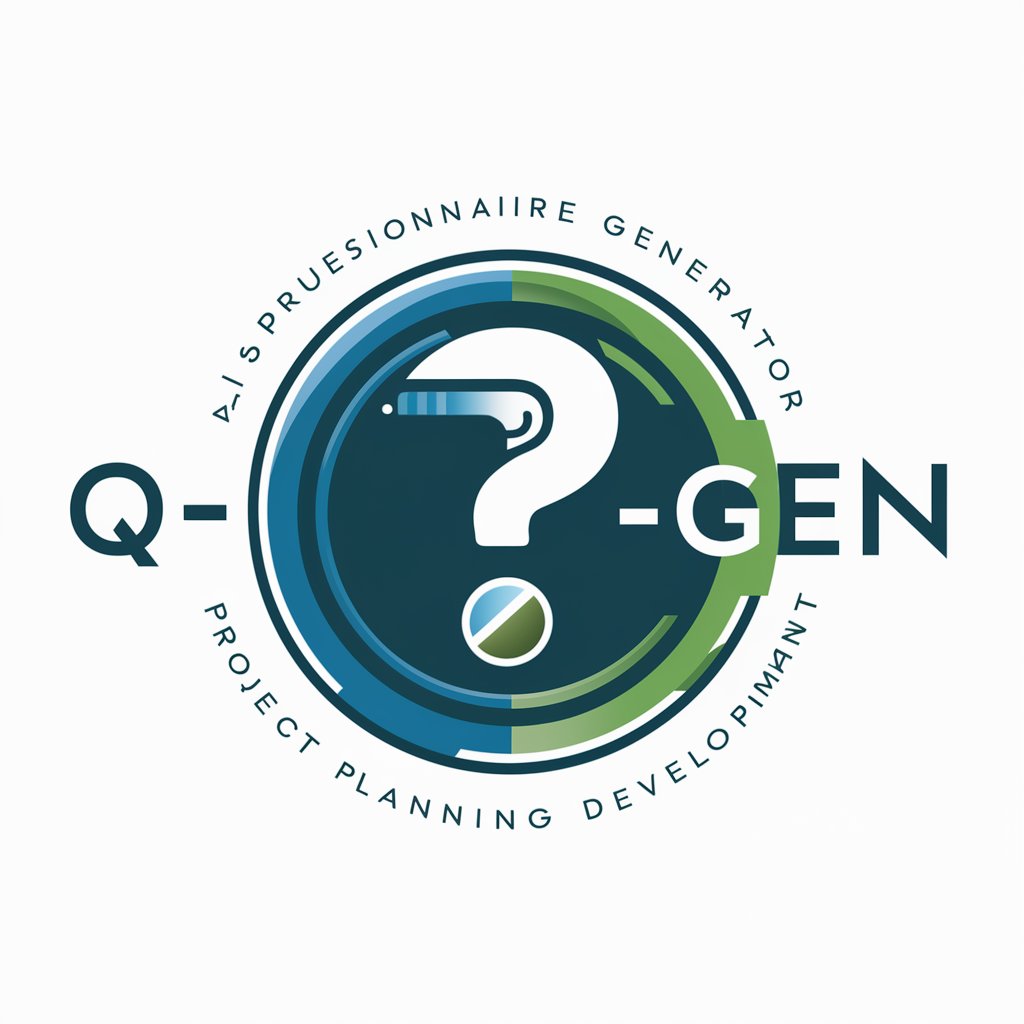
Operating System Assistant
Master Operating Systems with AI

Operating Systems Study Guide
Empowering learning with AI-driven insights
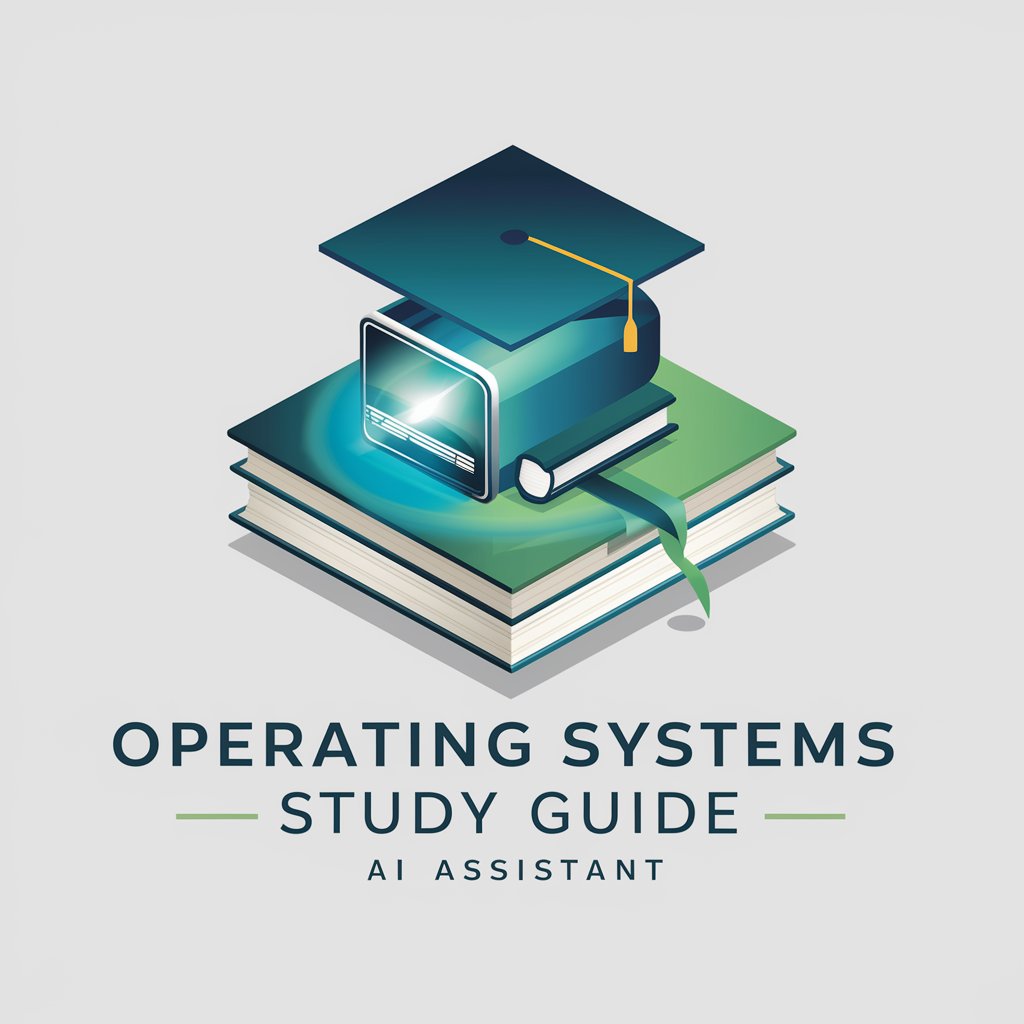
Operating System solver
Master Operating Systems with AI
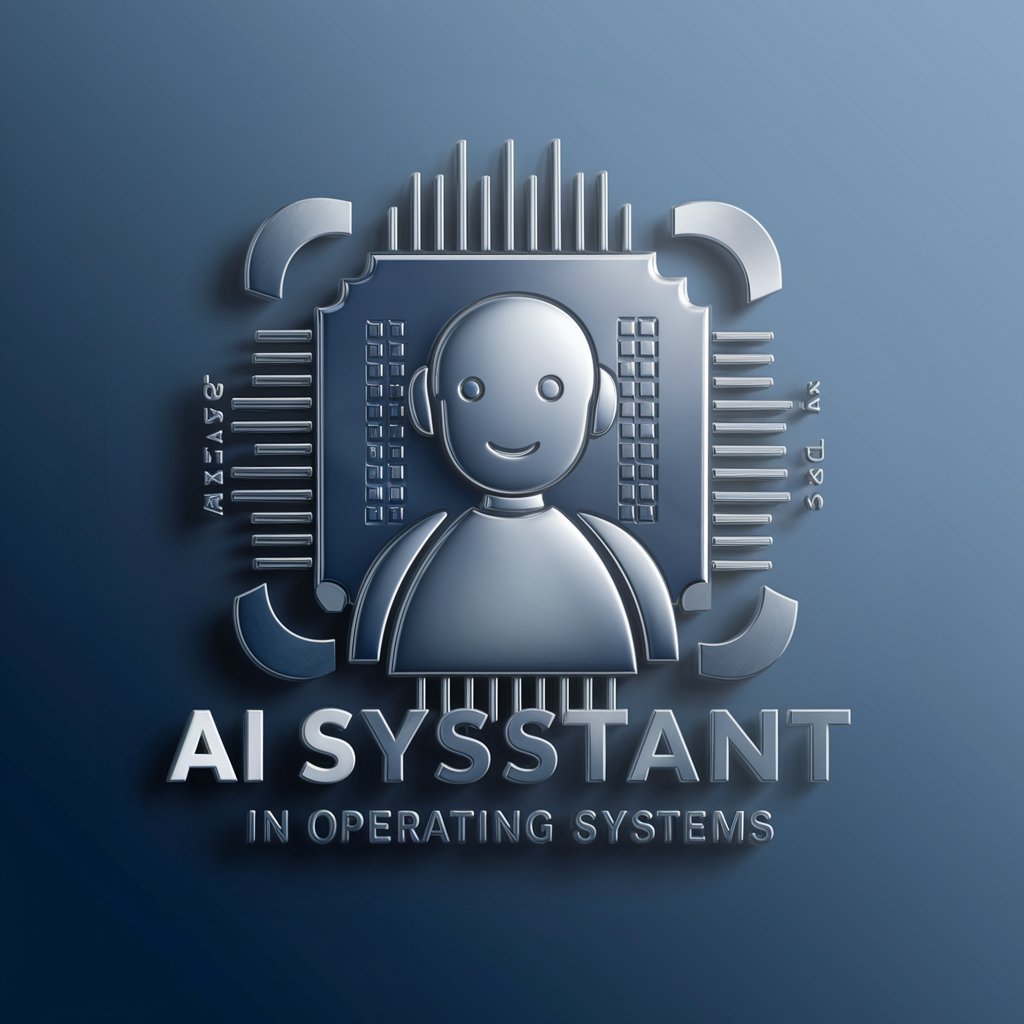
Don't Look Away meaning?
Explore, Understand, Engage - AI-Powered
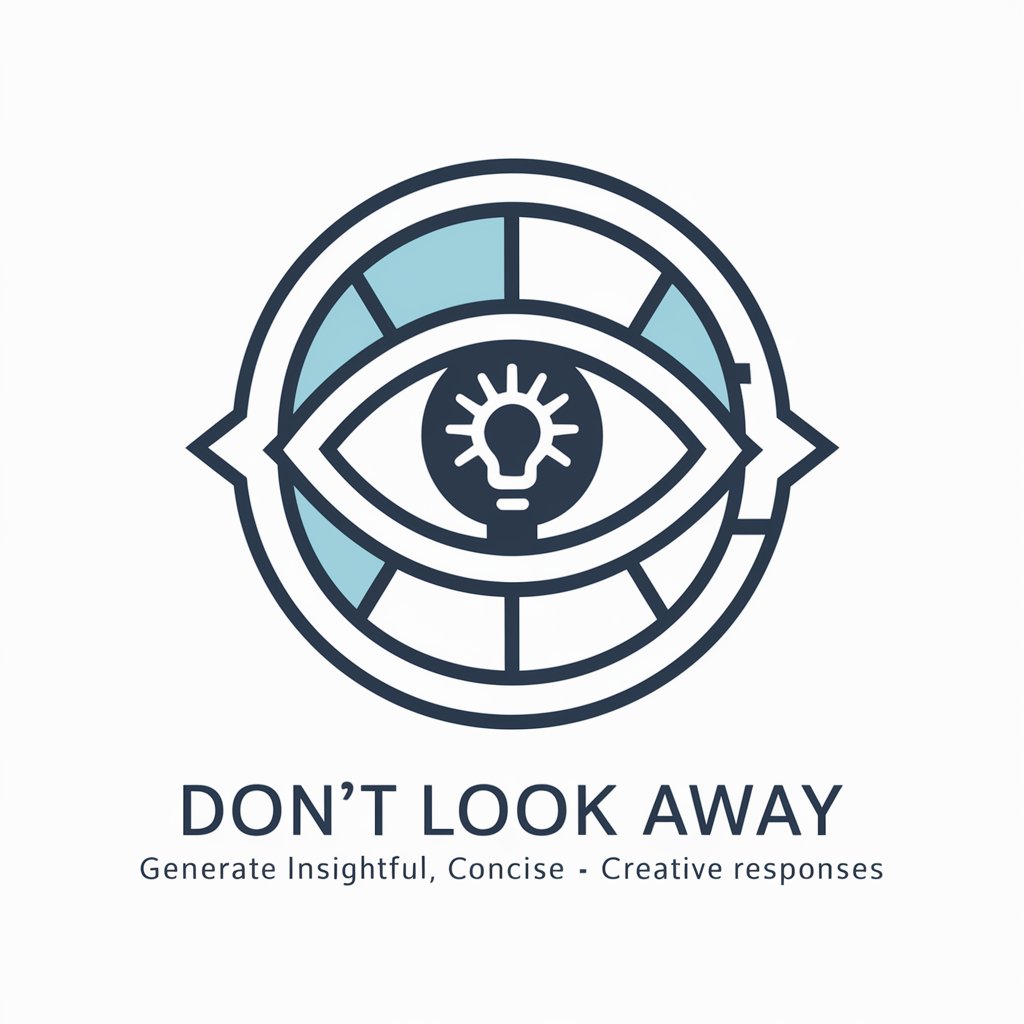
Detailed Q&A About System Requirement Architect Supporter
What is the primary function of the System Requirement Architect Supporter?
The primary function is to assist users in creating structured goal models from their system requirements, ensuring these models are clear, coherent, and aligned with standard requirements engineering practices.
Can this tool be used for non-technical projects?
Yes, while it is optimized for technical and architectural projects, its principles can be adapted to structure goals and requirements for non-technical projects as well.
What are the common pitfalls when using this tool and how can they be avoided?
Common pitfalls include entering overly vague or incomplete specifications. These can be avoided by ensuring that the input details are as specific and comprehensive as possible.
How does this tool integrate with existing project management workflows?
The tool can integrate seamlessly by providing API access or exporting models in formats that are compatible with common project management and software development tools.
What support is available for new users of the System Requirement Architect Supporter?
New users can access a variety of resources, including user guides, FAQs, and direct customer support to help them navigate and maximize the use of the tool.
